Deciding which is the better alternative in your TV buy? Peruse our article to help you with choosing
Nowadays, TVs accomplish something beyond be a greater screen in the house. They accompany web connections, applications and highlights that make watching your favourite shows or videos significantly simpler. So now on top of considering the size you need, it’s additionally imperative to consider what highlights you’d need for your TV.
You also need to check whether the TV comes pre-installed with your most loved applications and web connection. However, the most important thing to do currently is to investigate the screen. Today, there are a great deal of alternatives to investigate; LED, LCD, Plasma and now there’s likewise OLED and QLED. For this article, we’ll investigate the last two and see which is the better choice.
OLED TV
- OLED represents natural light emitting diode
- OLED has an on a very basic level distinctive innovation from LCD, the most widely recognised kind of TV today
- OLED is “emissive” where the pixels emanate their own light
OLED is unique in relation to LCD TV since it doesn’t utilise a LED backdrop illumination to create light. All things being equal, it’s indeed the OLED sub-pixels that create the light. The actual pixels, which are little specks that create the picture, produce light.
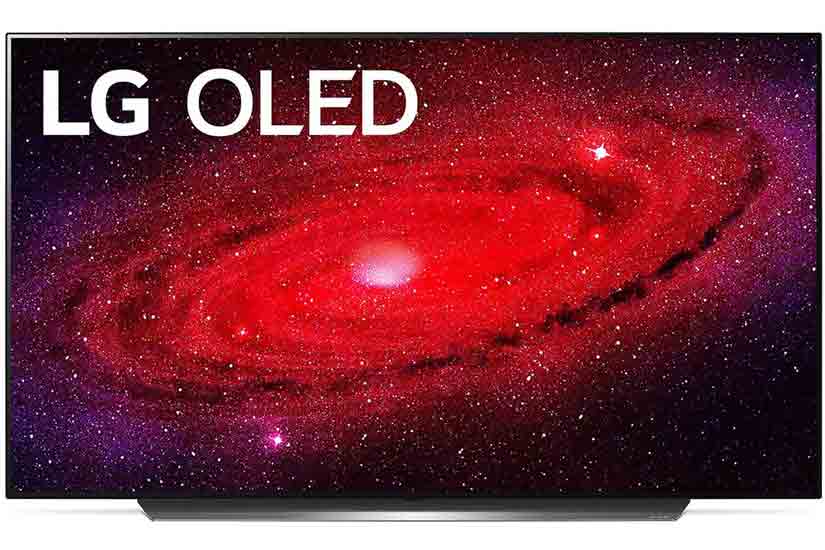
This is the reason it’s also goes by the name of emissive display innovation. The distinction is that this prompts a wide range of picture quality impacts, some of which favor LCD (and QLED). However the majority of these advantage OLED.
The most well known OLED TVs come from LG. However there are different brands like Sony, Panasonic, Bang and Olufsen, Skyworth, ChangHong and more who likewise sell OLED TVs.
QLED TV
- QLED represents quantum dot LED TV
- QLED, as is LCD, “transmissive” and depends on a LED backdrop light
Quantum dots are microscopic that, when hit by light, discharge their own diversely shaded light. In QLED TVs, a film contains the dabs and the light that hits them actually emits out of an LED backdrop light. That light at that point goes through a couple of different layers inside the TV. This includes a liquid crystal (LCD) layer (hence the sandwich term), to make the image.
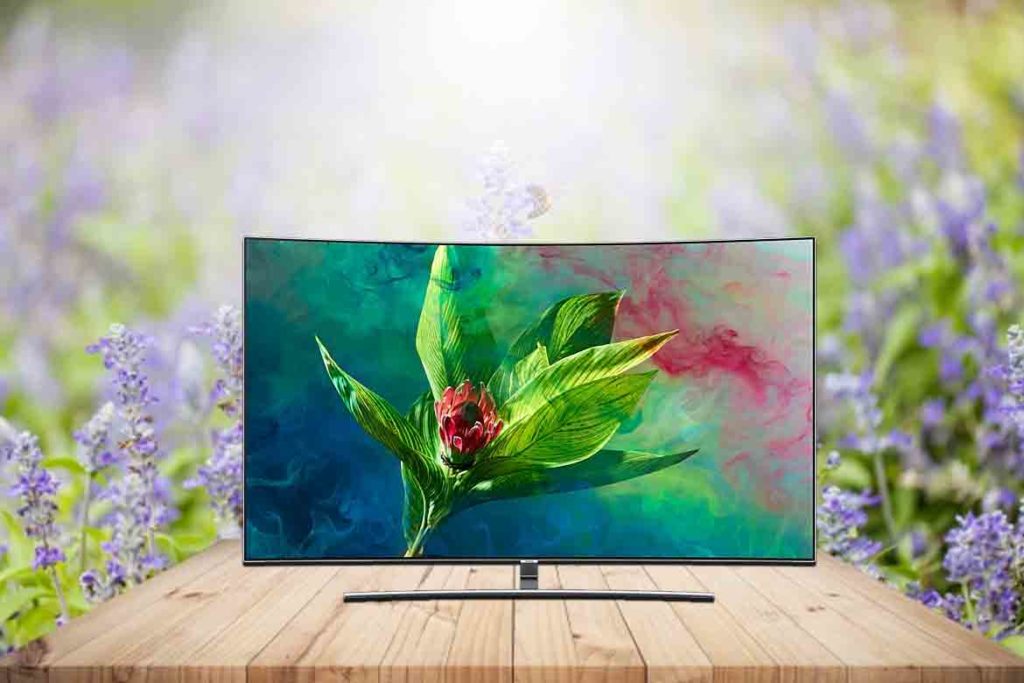
The light from the LED source transmits through the layers to the screen’s surface. This is the reason many additionally call it transmissive.
There are other TV creators that utilization quantum specks in LCD TVs, yet don’t call them QLED TVs. Samsung is the simply one to do as such.
Enormous Features for Both
Being advances for LED TVs, both OLED and QLED TVs consist of major highlights. These are however things one expects from top-end models. In particular, both TV types have 4K resolution and backing HDR content.
UHD
Ultra superior quality (UHD, or 4K) is the current norm for shopper TV resolution. 4K TVs are 3,840 by 2,160, displaying fourfold the number of pixels as 1080p TVs.
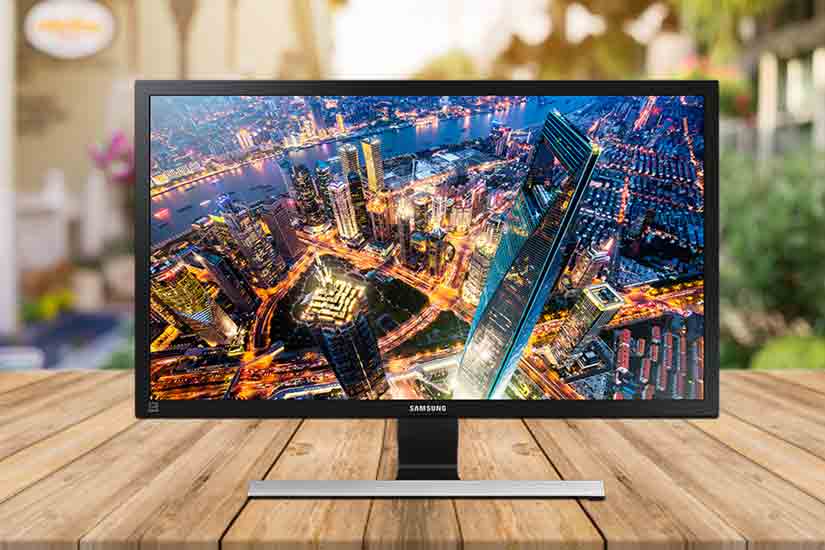
Most significant TV makers have everything except replaced their 1080p TVs with 4K models, with the exemptions of some low-end spending TVs. Thus, if you end up purchasing another branded TV bigger than 40 inches this year, it will probably be 4K.
8K is additionally coming, and LG and Samsung are dealing with those TVs as well. However, don’t stress over it for the present; native 8K content isn’t anyplace near accessible to buyers.
Regardless of whether you get a 8K TV, whether it’s OLED or QLED, you’ll be depending on up converted 4K. Additionally, you’ll get a lower-goal content for a couple of years.
HDR
High dynamic reach (HPR) is a progression of video standards that let TVs display a more extensive scope. Said scope is that of shading and light, that’s more extensive than standard unique reach video. HDR video comes in two significant standards, HDR10 and Dolby Vision with a couple of new norms and variations coming out as of late.
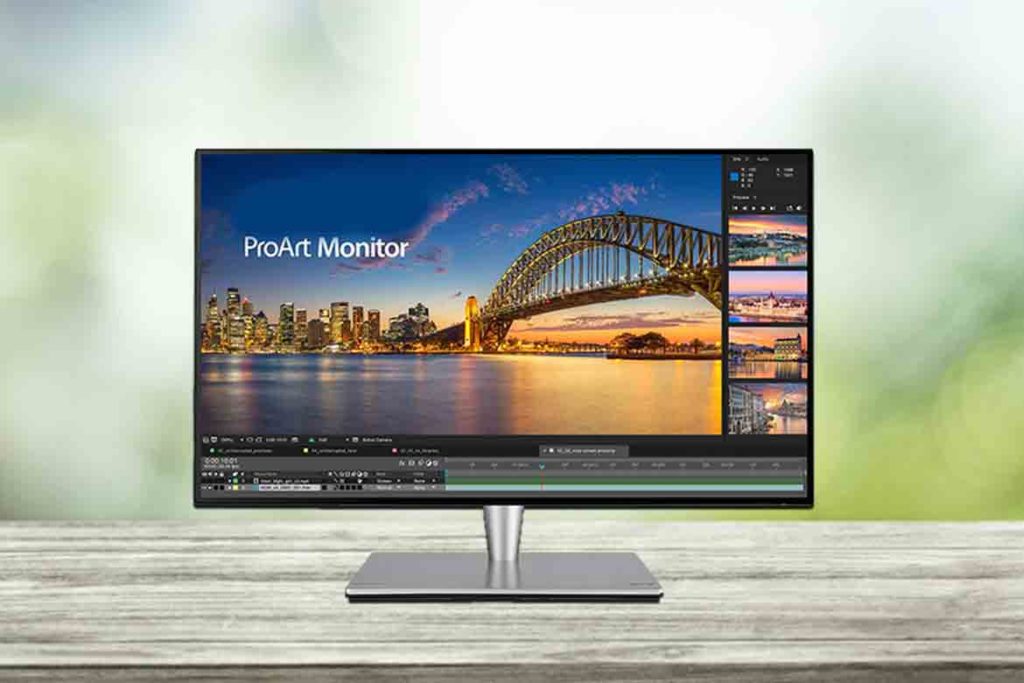
HDR10 is the arrangement utilized with Ultra HD Blu-beam plates, and both LG OLED and Samsung QLED TVs can display them. While Samsung TVs don’t uphold Dolby Vision, most web-based features that offer HDR content in Dolby Vision likewise support HDR10. Additionally, these also support the Samsung-created HDR10+ design, which is further developed than standard HDR10.
Obviously, the two sorts of TVs are likewise completely connected, keen TVs that help real time video services and applications. LG shrewd TVs use webOS, while Samsung TVs utilize the company’s Smart Hub interface. Both are connected platforms grew inside by their individual makers, and both help all major 4K, HDR real time features.
THE ARGUMENTS FOR AND AGAINST OLED TV
The main reason to consider the OLED is that it gives better differentiation and dark/black level. All things considered, quite possibly the main picture quality components in a TV is their black level; the darker the screen, the better difference.
The OLED’s emissive nature implies it can turn unused pixels off totally for a more black, more limitless difference.
Yet, there are a few issues. OLED pixels have a more limited life expectancy than others, which cause the scandalous lasting picture maintenance, or “consume in”. This mostly occurs if a particular picture appears up on the screen for a really long time. It ends up making such a sad remnant of the picture appear up despite the scene changing.
On the in addition to side, this is a rare case, except if you’re the sort to adhere to one channel with the logo stuck on one corner for extended periods in a day. If not, this ought to be fine.
Another issue is that it will in general be more costly contrasted with different other options. It’s additionally not customizable, as the littlest OLED TV accessible is at 55 inches right now. However LG will dispatch a 48 inch adaptation one year from now. OLEDs additionally as of now battle to arrive at a similar pinnacle brightness levels of the best TVs that have a committed backdrop light.
THE ARGUMENTS FOR AND AGAINST QLED TV
While OLED can make screens a lot more obscure for better difference, QLED display screens are significantly more splendid. This makes it ideal for more splendid rooms and content that are HDR. They likewise come in different sizes, huge to little. Additionally, it’s a ton moderate in contrast with OLEDs.
To look at, Samsung’s QLED TVs come in the following sizes: –
- 43-inch
- 49-inch
- 55-inch
- 65-inch
- 75-inch
- 82-inch
- 85-inch 98-inch (surprisingly).
This is a benefit as huge TVs quickest developing fragment of the market, which makes Samsung the better choice in this angle. At present Samsung’s greatest TV that is dispatched in Malaysia is the 98″ Q900 8K Smart QLED TV.
It additionally has the better viewpoint in having the option to develop further and better, as Samsung has uncovered a form of QLED that utilizes emissive innovation, similar as OLED and plasma. Known as immediate view quantum dot, it forgoes the fluid crystal layers and uses quantum dots themselves as the light source.
As referenced before however, even the best QLED with the best full-cluster nearby darkening will let some light through. This prompts more cleaned out, grayer dark levels and blossoming around splendid segments, making it a lower contrast display in contrast with the OLED.
Would it be advisable for you to purchase QLED?
So which is ideal – QLED or OLED? Well that truly relies upon your needs. In the event that you need the best HDR execution, on paper at any rate, QLED is the victor. It has a higher pinnacle brilliance and more extensive shading generation. Be that as it may, on the grounds that a LCD TV works by going light through the board there are consistently gives with regards to duplicating blacks or staying away from haloing, which is an irritating gleam around light objects against a dim background.
The higher brilliance necessities of HDR just misrepresent these issues. So, Samsung’s most recent QLED models guarantee a large number of dimmable zones trying to stay away from these issues.
The company additionally utilizes VA (Vertical Alignment) LCD boards since they can convey better dark levels, yet they likewise have exceptionally tight ideal survey points.
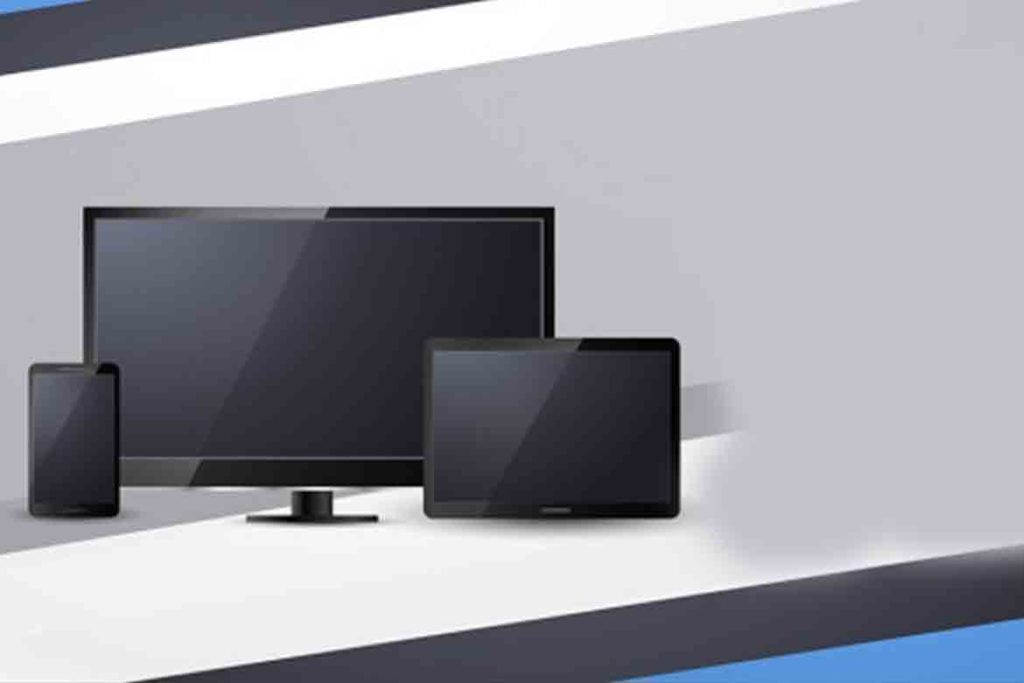
Samsung has invested a lot of energy and money attempting to build the quantity of darkening zones and broaden the compelling review point with an end goal to basically copy an OLED TV.
Notwithstanding, its endeavors have just been mostly effective, and no LCD TV can at any point completely go up against the outright blacks of an OLED TV.
That is truly significant on the grounds that powerful reach is about the distinction between the haziest and most brilliant pieces of a picture. So, the better the blacks, the better the differentiation execution and the more amazing the picture.
OLED TVs can likewise convey the most splendid pieces of a picture with far more prominent accuracy than a LCD TV. Looking at the situation objectively coherently, since an OLED is self-discharging it basically has more than 8 million nearby diminishing zones and no LCD TV will at any point draw near to that.
So go for OLED at that point?
Obviously, no TV innovation is as of now awesome, and beside a limited generally splendour, OLED boards likewise have a comparable shortcoming to plasma. They can experience the ill effects of picture maintenance and perhaps screen consume.
LG and different producers that cause OLED TVs to have acquainted different highlights with attempt to alleviate the issue, however it’s as yet a chance.

LCD has no such issues and that is the reason Samsung offer a 10-year ensure against screen burn, certain about the knowledge that it won’t ever occur.
Along these lines, on the off chance that you’re a major gamer, you may discover QLED is best on the grounds that there is no threat of either picture maintenance or screen copy.
Nonetheless, in view of episodic marketing projections from a year ago, apparently customers overpowering picked OLED over QLED paying little heed to Samsung’s marketing muscle.
SO WHICH IS THE BETTER TV?
Everything relies upon the highlights you’re searching for, obviously. For better quality regarding display screen and shading, OLED is unquestionably the victor in this viewpoint so on the off chance that this is of high significance to you, this is the TV you’re searching for. Anyway the limits range from restricted screen sizes and burn in risks.
Then again, the QLED TV has different sizes and is much more moderate in contrast with the OLED TV. Additionally, there’s practically zero chance of there being consume in so it’s an incredible worth to think about this one. In case you’re searching for acceptable quality display at a size that you need, at that point best to get a QLED TV.
If this article helps you to decide which one is better to buy, then let us know your opinion in the comment sections.


